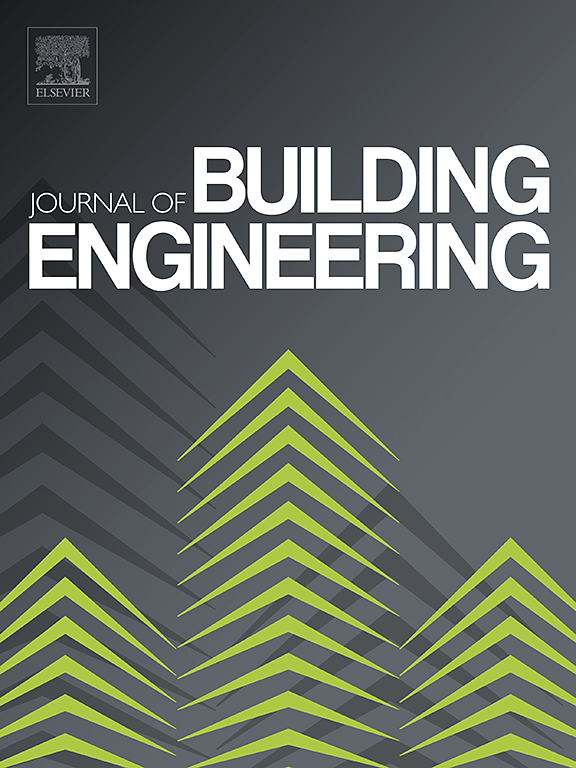Enhanced acid resistance of geopolymer containing recycled masonry wastes as high-volume replacement of natural sand
IF 6.7
2区 工程技术
Q1 CONSTRUCTION & BUILDING TECHNOLOGY
引用次数: 0
Abstract
Masonry construction and demolition (C&D) wastes contribute about a third of the three billion tonnes C&D wastes generated globally each year. The masonry C&D wastes contain a substantial fraction of clay (from bricks and tiles), which may be alkali-activated and used to replace natural sand to develop acid-resistant geopolymers. This research investigates the sulfuric acid (pH of 0.50) resistance of NaOH-activated geopolymer containing blast furnace slag, fly ash, and recycled brick powder (RBP), where RBP has been used to replace 25 % (RBP25 0.70) and 75 % (RBP75 0.80) of natural sand respectively. The experimental findings demonstrate that the addition of 75 % RBP reduces the mass loss of geopolymer by 2 %, while offering a 42 % higher compressive strength compared to the corresponding control (Control 0.80, prepared at the same solution-to-binder ratio) after 4 weeks of sulfuric acid exposure. The reduced mass loss and better compressive strength due to RBP addition are linked to 5 % lower permeable porosity and 60 % lower volume of small and medium capillary pores (10–100 nm size) compared to Control 0.80. Furthermore, due to the presence of calcium-based compounds (calcium carbonates and other hydration products), RBP possesses acid neutralization capacity by enabling gypsum formation, thus forming a barrier for further acid penetration and protecting the attack on geopolymer gels. The alkali-activation of RBP yields additional geopolymer gel and Iron-chabazite micro-crystals, which further densify the interfacial zones and the bulk matrix. In summary, the findings from this research provide a means to develop “greener” geopolymer mixes that have lower demand for natural sand and enhanced resistance to acid attack.
求助全文
约1分钟内获得全文
求助全文
来源期刊

Journal of building engineering
Engineering-Civil and Structural Engineering
CiteScore
10.00
自引率
12.50%
发文量
1901
审稿时长
35 days
期刊介绍:
The Journal of Building Engineering is an interdisciplinary journal that covers all aspects of science and technology concerned with the whole life cycle of the built environment; from the design phase through to construction, operation, performance, maintenance and its deterioration.
 求助内容:
求助内容: 应助结果提醒方式:
应助结果提醒方式:


